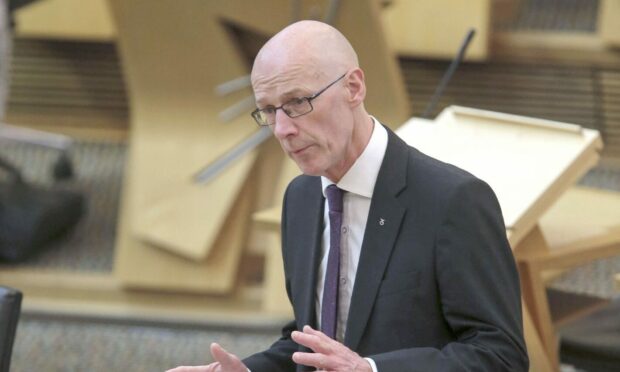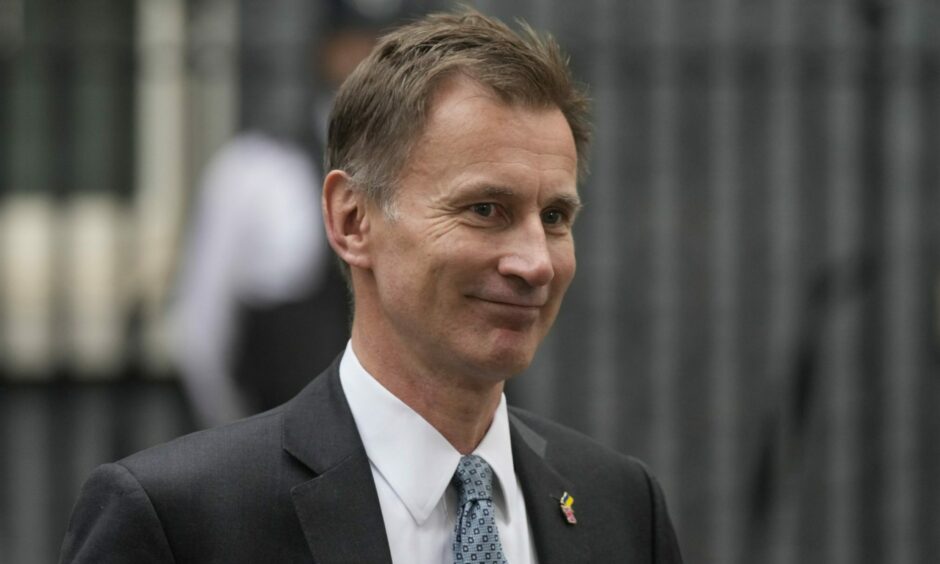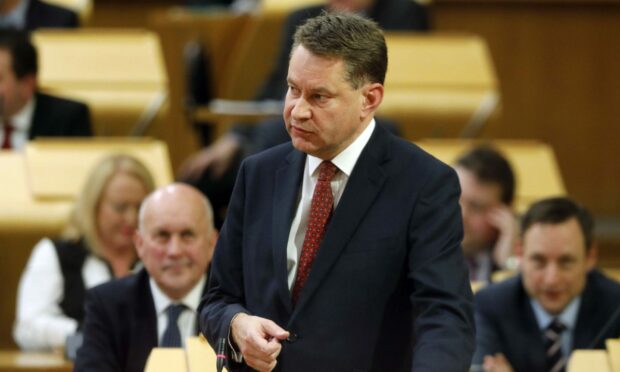Scotland’s finance chief John Swinney faces a dilemma today over demands to increase taxes on wealthier Scots as he delivers a budget against a grim economic backdrop.
The SNP’s deputy first minister admitted “difficult decisions” lie ahead months after he announced sweeping cuts to provide funds for Scots struggling due to the cost-of-living crisis.
The stand-in finance chief says he has limited powers to enact meaningful change and claimed high inflation is showing the “constraints of devolution”.
Could taxes go up?
It’s understood Mr Swinney is considering increasing income tax rates on better-off households to give the government more scope for offering support to the poorest.
It was suggested he could raise the 41p rate on people who bring in between £43,663 and £150,000 each year.
He could also hit the pockets of the richest Scots who earn more than this by increasing the 46p tax rate.
Expert analysis has suggested Mr Swinney would give a significant boost to Scotland’s finances if he takes this approach.
The IPRR, an independent think tank, estimates even a half-percentage point increase has the potential to raise an extra £100 million each year.
Additional funds could mean improved support for local councils, who have warned the dire financial situation will inevitably result in job losses.
UK chancellor’s U-turn
Just months ago Mr Swinney faced demands from the Tories to slash taxes in Scotland when Liz Truss and Kwasi Kwarteng were in power.
Weeks after Ms Truss was ousted from 10 Downing Street, Chancellor Jeremy Hunt set out his own course for increasing taxation by around £25 billion to combat inflation.
Key measures included another oil and gas windfall tax for multinational firms in the North Sea, along with cutting the top rate of tax.
The Scottish Trades Union Congress says the SNP can bring in an extra £1.3 billion by April with sweeping property taxes and land reform.
They say this will help meet the demands of struggling public sector workers as the threat of more strikes looms.
Is there another way?
Not everyone is keen on the prospect of higher taxes.
Perthshire Tory Murdo Fraser warned Mr Swinney not to turn into “Ebeneezer Scrooge” by hitting middle-earners with a bigger tax burden.
The Tories claimed the SNP should instead ditch their expensive proposed National Care Service and abandon £20 million set aside for an independence vote in 2023.
Mr Fraser wrote in The Scotsman: “Hitting middle and higher-earners with increased taxes may appear to be an easy option, and fits with the SNP’s self-defined “progressive” status, but it comes at a cost.”
Mr Swinney said: “The Scottish budget will take further steps to address inequality and eradicate child poverty.
“I would like to go even further but the cost-of-living crisis has also laid bare the fiscal constraints of devolution.”


